Sami Ekblad
Speak, Code, Deploy: Transforming Developer Experience with Voice Commands
#1about 1 minute
Using accessibility features to improve developer experience
Accessibility tools like voice commands are not just for niche use cases but can be powerful features for all developers.
#2about 2 minutes
Abstracting front-end complexity with Java components
The Vaadin framework encapsulates complex web component details behind Java APIs, allowing developers to build dynamic UIs without writing JavaScript or CSS.
#3about 2 minutes
Identifying key pain points in developer experience
Survey data reveals that developer frustrations often stem from long compilation times and frequent interruptions, not just code quality.
#4about 3 minutes
Why a fast code-deploy-test cycle is crucial
A rapid feedback loop, similar to JavaScript development, is essential not just for productivity but for maintaining focus and a creative connection to the UI.
#5about 4 minutes
Using large language models for voice-driven development
Large language models can translate natural language into code and maintain conversational context, enabling a new paradigm for voice-driven development.
#6about 2 minutes
The technical stack for a voice-driven coding tool
The prototype combines wake word detection, the Web Speech API for input, GPT-4 for code generation, and a Java runtime for in-memory compilation.
#7about 3 minutes
Demo of creating and modifying UI with voice
A demonstration shows how simple voice commands can create a button, add a click listener, and implement dynamic color changes, facilitating rapid experimentation.
#8about 5 minutes
Generating complex components and boilerplate with voice
The tool leverages an LLM's knowledge of common patterns to generate complex UI like a credit card form with validation from a single voice command.
#9about 2 minutes
Challenges and future directions for voice-driven development
Key challenges include the need for speed in LLM generation and managing context drift, with future work focusing on reusable components and better context control.
#10about 2 minutes
Rethinking developer tools and embracing experimentation
Developers should view accessibility features as universal tools, optimize for fast feedback cycles, and misuse technology to discover innovative applications.
#11about 2 minutes
Q&A on open source plans and accessibility benefits
The project will be open-sourced, and voice commands can be faster than typing for certain experimental tasks and may benefit users with dyslexia.
Related jobs
Jobs that call for the skills explored in this talk.
Matching moments
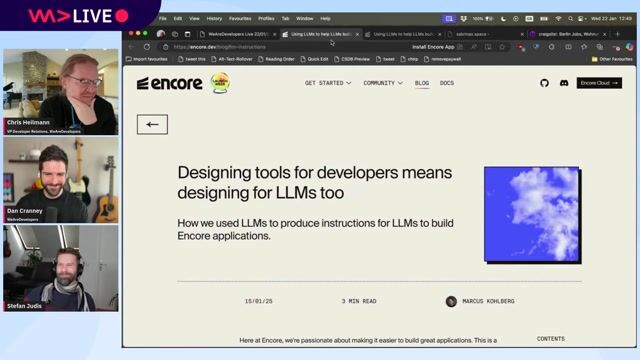
17:00 MIN
Designing developer tools and documentation for LLMs
WAD Live 22/01/2025: Exploring AI, Web Development, and Accessibility in Tech with Stefan Judis
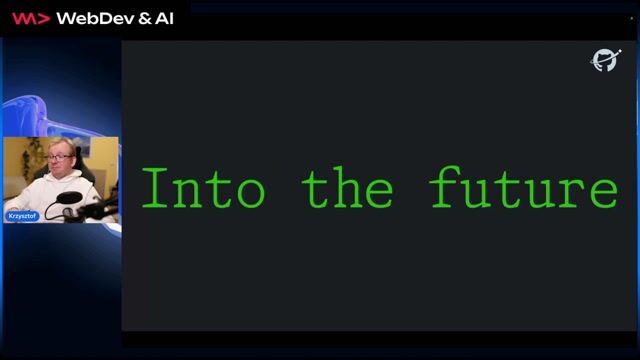
38:07 MIN
Exploring the future of AI beyond simple code generation
Innovating Developer Tools with AI: Insights from GitHub Next

14:10 MIN
Leveraging open software and AI for code development
The Future of Computing: AI Technologies in the Exascale Era

1:01:30 MIN
The difficult reality of coding with voice commands
Honeypots and Tarpits, Benefits of Building your own Tools and more with Salma Alam-Naylor

28:49 MIN
How AI will reshape software development and documentation
Coffee with Developers - Scott Chacon on growing GitButler and the future of version control

17:41 MIN
Presenting live web scraping demos at a developer conference
Tech with Tim at WeAreDevelopers World Congress 2024

04:02 MIN
Building language-enabled universal interfaces for software
Semantic AI: Why Embeddings Might Matter More Than LLMs

29:35 MIN
The rise of "vibe coding" and AI-generated products
WeAreDevelopers LIVE - the weekly developer show with Chris Heilmann and Daniel Cranney
Featured Partners
Related Videos
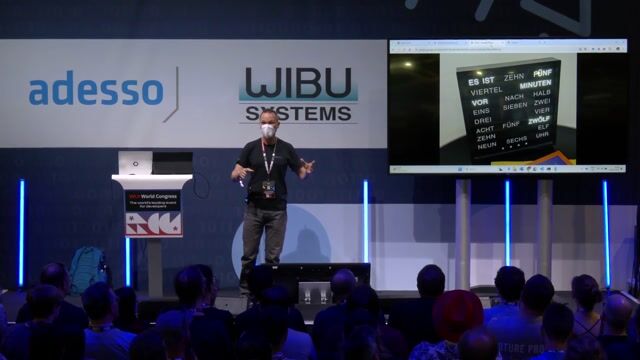 31:39
31:39Livecoding with AI
Rainer Stropek
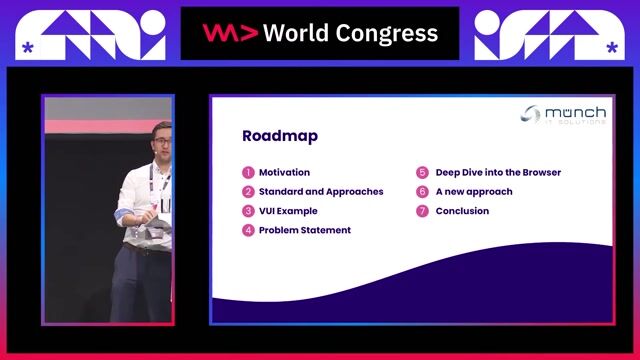 23:09
23:09Is the web ready for voice user interfaces?
Tobias Münch
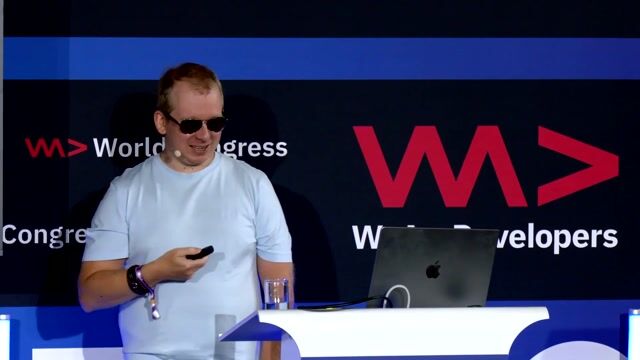 32:26
32:26Bringing the power of AI to your application.
Krzysztof Cieślak
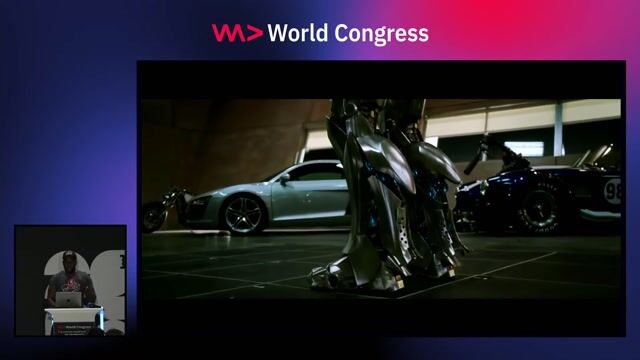 28:13
28:13Hello JARVIS - Building Voice Interfaces for Your LLMS
Nathaniel Okenwa
 25:17
25:17AI: Superhero or Supervillain? How and Why with Scott Hanselman
Scott Hanselman
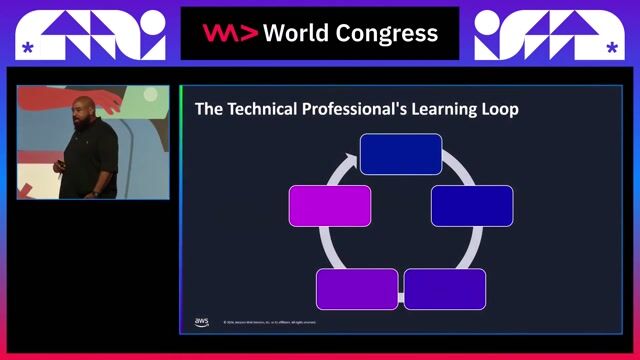 26:54
26:54Make it simple, using generative AI to accelerate learning
Duan Lightfoot
 31:30
31:30Accessibility powered by AI
Ramona Domen
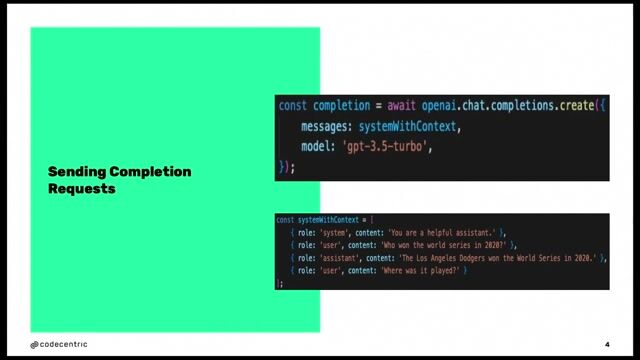 31:12
31:12Using LLMs in your Product
Daniel Töws
From learning to earning
Jobs that call for the skills explored in this talk.


Founding Product Engineer
fonio GmbH
Vienna, Austria
Remote
€70-100K
Intermediate
Senior
React
Node.js
Next.js
+1

Senior Fullstack Engineer – Angular/.Net (f/m/d)
Apaleo
München, Germany
Remote
€65-85K
Senior
.NET
Angular
JavaScript
+1

Senior Systems/DevOps Developer (f/m/d)
Bonial International GmbH
Berlin, Germany
Senior
Python
Terraform
Kubernetes
Elasticsearch
Amazon Web Services (AWS)



Software Developer - AI Virtual Commissioning
VisionTools Bildanalyse Systeme GmbH
Remote
API
GIT
Computer Vision

(Junior) Conversational AI Developer
MUUUH! GmbH
Junior
JSON
REST
Data analysis
Microsoft Office
Amazon Web Services (AWS)

Fullstack Developer (AI-Native Builder)
LEECON TS \u002F A-Leecon
Remote
API
Next.js
Firebase
JavaScript
+2